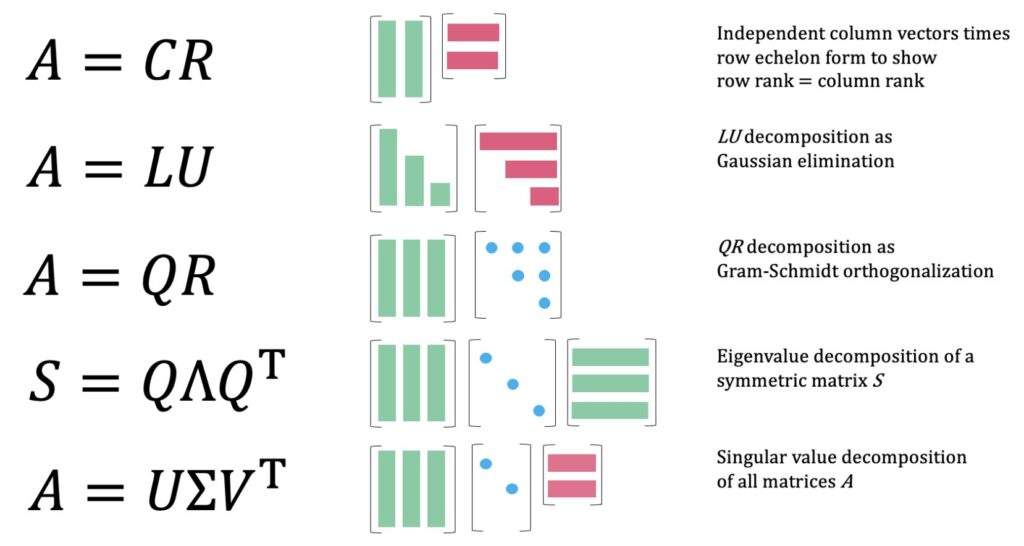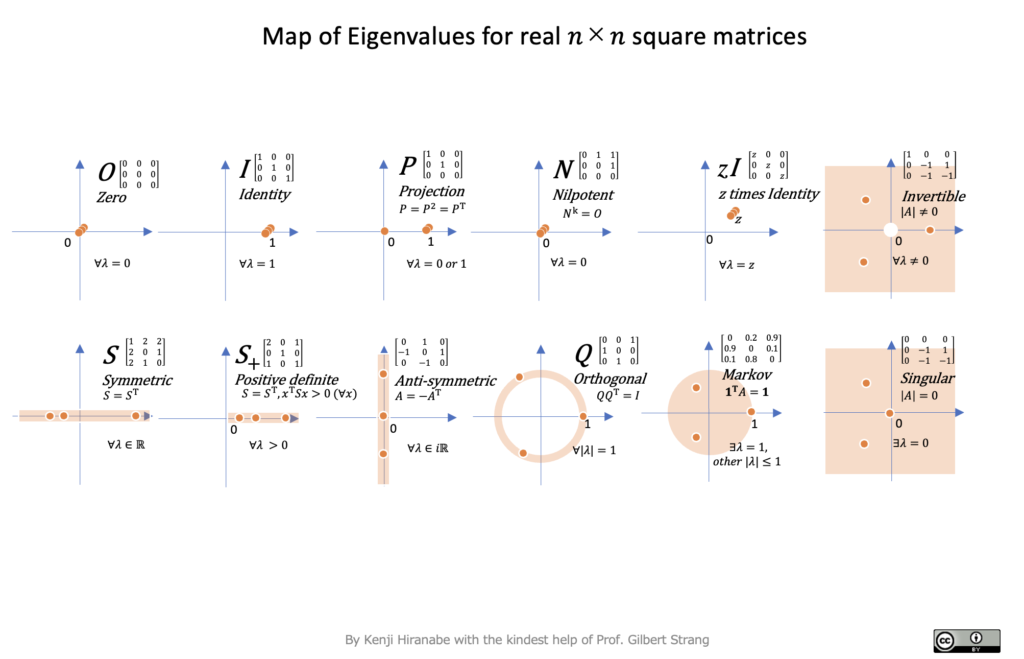Matrix factorization is an essential technique in linear algebra, which involves decomposing a given matrix into the product of two or more matrices. This technique has numerous applications across various fields, including data analysis, signal processing, machine learning, and computer graphics.
Matrix factorization can be understood as a process of breaking down a complex matrix into simpler components that are easier to handle and analyze. The decomposition of a matrix allows us to extract important information from the original data set and obtain a deeper understanding of the underlying patterns and relationships.

There are several types of matrix factorisations, each with its unique properties and applications. In this article, we will discuss some of the most commonly used matrix factorization techniques.
- LU Decomposition
LU decomposition, also known as LU factorization, is a technique that decomposes a matrix into the product of a lower triangular matrix (L) and an upper triangular matrix (U). This factorization is often used in numerical analysis and linear systems, where it can be used to solve systems of linear equations and invert matrices.
- QR Decomposition
QR decomposition is a technique that decomposes a matrix into the product of an orthogonal matrix (Q) and an upper triangular matrix (R). This factorization is used in linear regression, least-squares optimization, and signal processing applications.
- Singular Value Decomposition (SVD)
Singular value decomposition (SVD) is a factorization technique that decomposes a matrix into the product of three matrices: a left singular matrix (U), a diagonal matrix of singular values (Σ), and a right singular matrix (V). This factorization is used in data analysis, image processing, and recommendation systems.
- Eigendecomposition
Eigendecomposition is a technique that decomposes a matrix into the product of eigenvectors and eigenvalues. This factorization is used in many applications, including graph theory, physics, and engineering.
- Non-negative Matrix Factorization (NMF)
Non-negative matrix factorization (NMF) is a technique that decomposes a non-negative matrix into the product of two non-negative matrices. This factorization is often used in data analysis and image processing, where it can be used to extract features from a data set.
In conclusion, matrix factorization is a powerful tool for analyzing and understanding complex data sets. By breaking down a matrix into its constituent parts, we can extract important information and gain deeper insights into the underlying patterns and relationships. With a wide range of factorization techniques available, there is no shortage of applications for matrix factorization in various fields of study.











